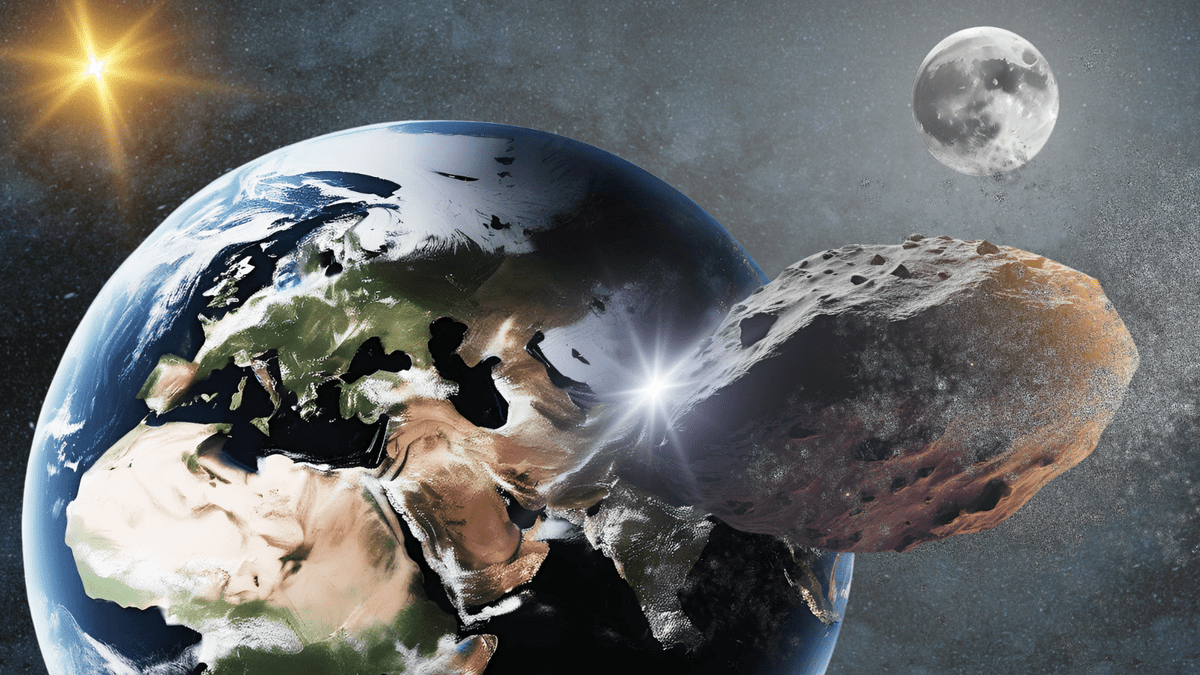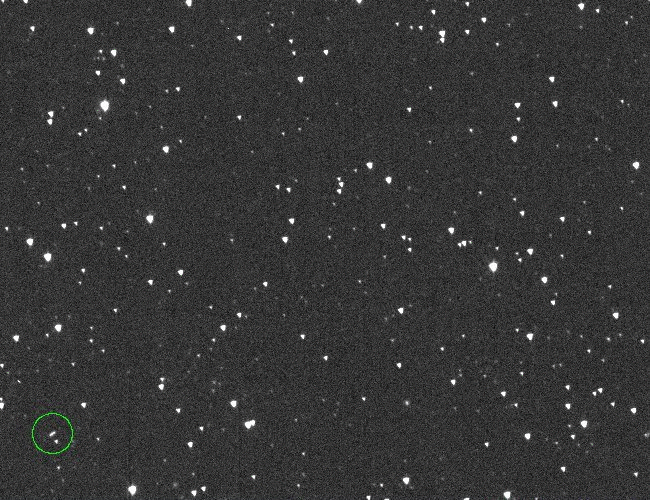
If you’ve been concerned about the potential asteroid impact in 2032, we have some excellent news for you! NASA has significantly lowered the likelihood of an impact from asteroid 2024 YR4 to just 1 in 67.
NASA shared the updated probability via its X feed at approximately 5:00 p.m. EST (2200 GMT) on February 19, following the acquisition of new orbital data overnight on February 18-19. This information relates to the asteroid, which measures about 180 feet (55 meters) in diameter.
The dramatic reduction in impact risk for 2024 YR4 occurred just one day after the risk was raised to 1 in 32, representing a 3.1% chance. This spike made 2024 YR4 the most hazardous asteroid recorded in the NASA’s Center for Near Earth Object Studies (CNEOS) Sentry Risk Table since it was created.
Despite the substantial decrease in impact risk, asteroid 2024 YR4 remains at the top of the Sentry table. The next asteroid in terms of risk is 1950 DA, with a mere 0.039% chance of impacting Earth in the year 2880.
Concerning the updated risk assessment for 2024 YR4 regarding a potential impact on December 22, 2032, NASA stated: “Recent observations of asteroid 2024 YR4 have allowed us to revise its impact probability for 2032 to 1.5%.”
“Our knowledge of the asteroid’s trajectory improves with each new observation, and we will keep updating you.”
New observations of asteroid 2024 YR4 helped us update its chance of impact in 2032. The current probability is 1.5%. Our understanding of the asteroid’s path improves with every observation. We’ll keep you posted. https://t.co/LuRwg1eaCv pic.twitter.com/SfZIxflB95February 20, 2025
While NASA has reduced the impact risk for 2024 YR4, the European Space Agency (ESA) has similarly decreased its estimated chance of collision with Earth in 2032 to approximately 1.38% or about 1 in 73.

This presents a great opportunity for Space.com readers to share with their friends, “I told you so,” regarding the reduced impact threat from 2024 YR4!
We have been in touch with asteroid hunter David Rankin, who first “precovered” (a term for finding images of an asteroid in archival data before its official discovery) asteroid 2024 YR4 through the Catalina Sky Survey ever since it emerged at the top of the Sentry Risk Table.
He has long believed that it was only a matter of time before the risk of impact would decrease significantly.

Rankin consistently reassures Space.com readers that the assessment of 2024 YR4 would rapidly escalate, only to see it decline as astronomers accrue more information regarding the asteroid.
The Catalina Sky Survey asteroid expert previously illustrated how uncertainties in the asteroid’s trajectory could be analogized.
“Think of holding a stick several feet long. A minor adjustment at one end is hardly noticeable at the other end,” he explained. “Now, consider that stick stretches across millions of miles. A small shift generates significant changes on the distant end.”

“In this case, the ‘small adjustment’ is minute uncertainties in the asteroid’s position derived from telescope observations, which may result from slight timing and positional errors,” Rankin added. “Achieving a ‘perfect’ measurement from any telescope is unattainable.”
Even if asteroid 2024 YR4 misses Earth in 2032, there remains a minimal chance of around 1 in 125 or 0.8% that it could hit the Moon.
However, the most likely scenario is that this asteroid will miss both Earth and the Moon, continuing its journey around the Sun.
We may need to hold on for more comprehensive information on the path of 2024 YR4 as it moves beyond Earth. The asteroid is currently distancing itself from our planet, but it is expected to return in 2028, where it will again be observable by ground-based telescopes.
Regardless of whether 2024 YR4 poses a threat to Earth, its scientific significance is vast, as it provides a rare opportunity to study an asteroid closely.









